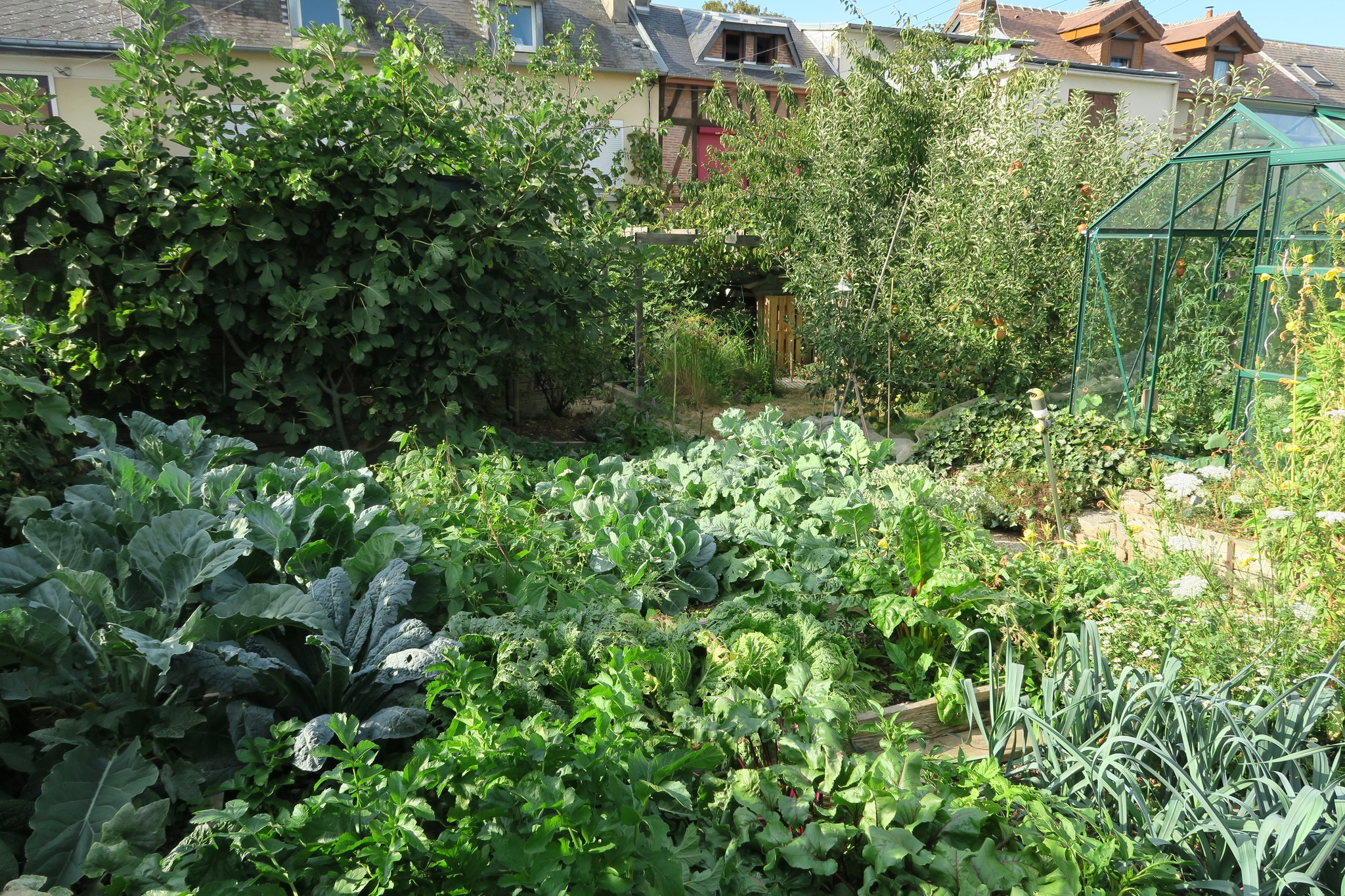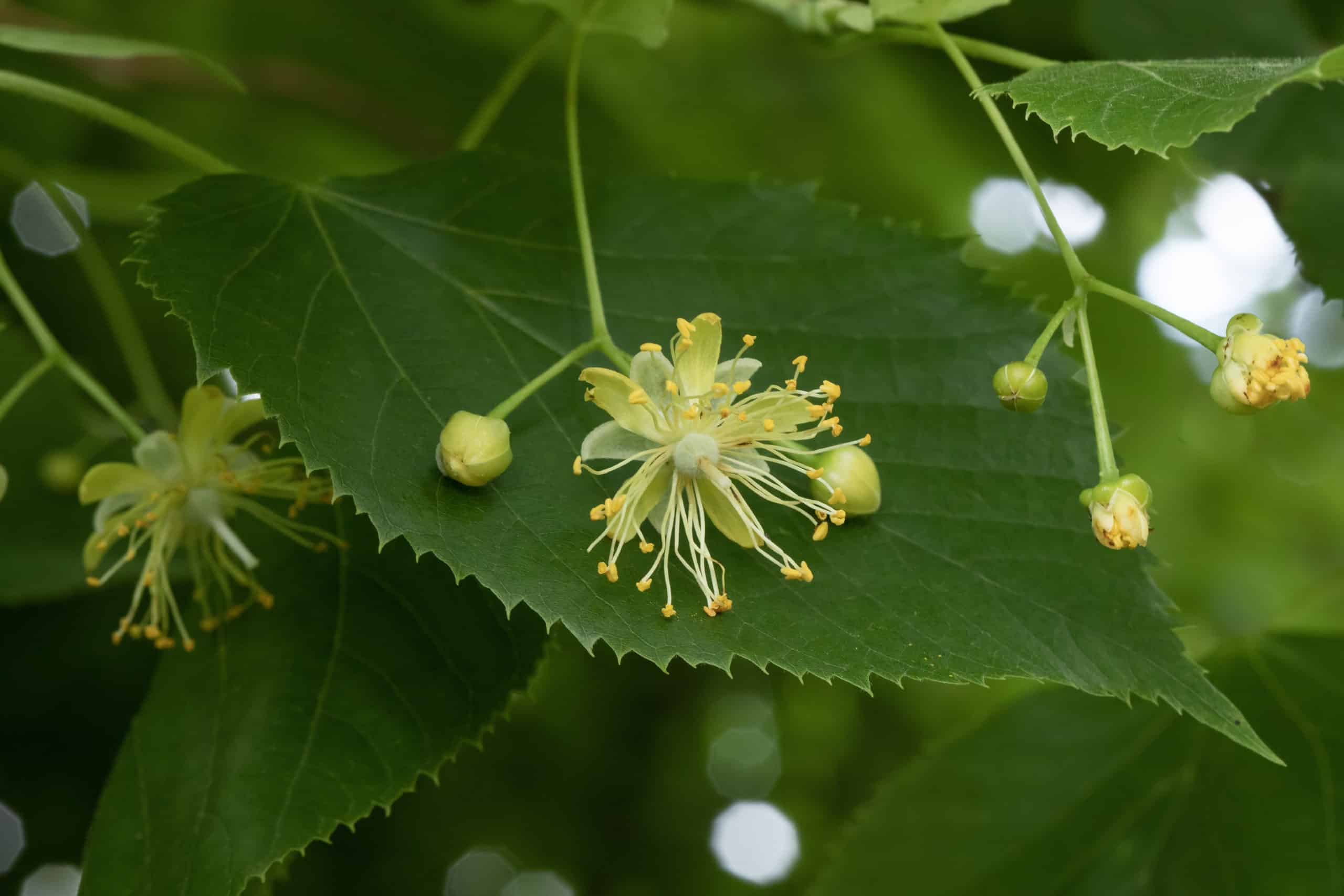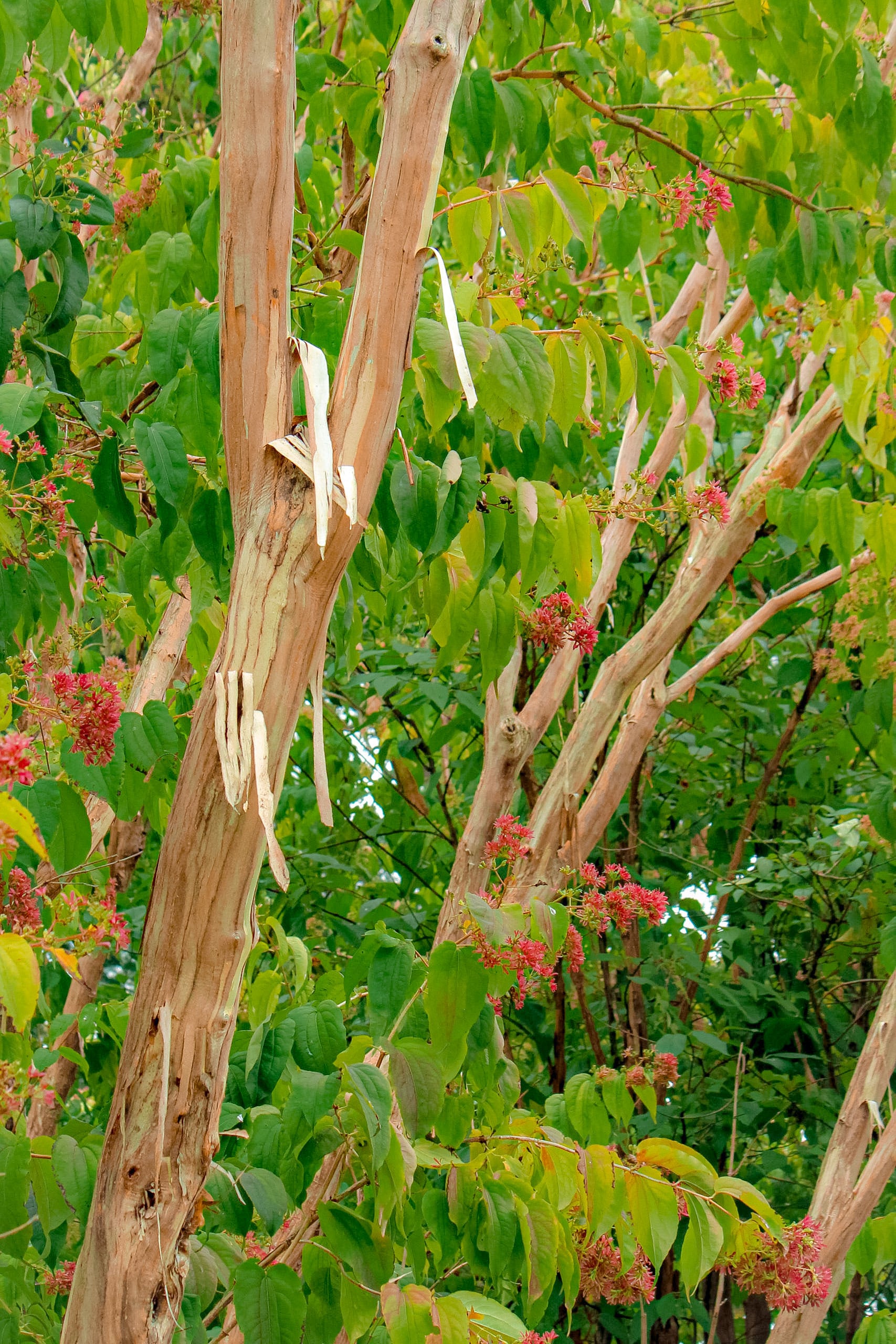Our cities, where greening has become a priority for residents due to climate change, must also consider the floral resources (nectar, pollen, and later fruits and seeds) they provide.
We know that for the vitality of biodiversity, these resources need to be spread over time and diversified.
Paris’s continuous blooms are exemplary: with shrubs and trees from all over and horticultural creations, flower-eating species are well-fed (though not all are well-housed!). This model is too rarely replicated elsewhere, where simple, poorly thought-out plant palettes persist due to routine or limited nursery availability.
Let’s emphasize the need to prioritize trees with attractive, entomophilous1 blooms (like lindens, maples, or acacias) over anemophilous2 ones (like plane trees, ashes, or oaks) in our streets: they offer nectar and pollen rich in amino acids3.
Soon, a city’s nutri-score
could become a planning criterion. The method still needs refining, but intuitively, we could propose that every square kilometer of urban area hosts a planted palette of trees and shrubs ensuring near year-round pollen supply.

In 2016, a U.S. study4 identified plant combinations most useful for supporting pollinator populations suffering from floral resource loss in urban environments. By studying 373 sites over four years and cross-referencing criteria (resilience, aesthetics, native/exotic, invasive/manageable, bloom calendar, etc.), the authors proposed — specific to their temperate region of Kentucky and Ohio — a palette of about fifty shrubs and trees for this future palette.
Their work highlights criteria that apply across all latitudes, complementing climate resilience: diversifying plant palettes

 to stagger blooms, preferring single-flower varieties (where pollen is more accessible), and avoiding sterile cultivars. The study identified standout species for pollinator resources, including linden
to stagger blooms, preferring single-flower varieties (where pollen is more accessible), and avoiding sterile cultivars. The study identified standout species for pollinator resources, including linden

 , Chinese heptacodium
, Chinese heptacodium

 , tetradium, and winged sumac, to name a few.
, tetradium, and winged sumac, to name a few.
Any drought-resistant tree with early (before mid-April) or late (after mid-July) blooms contributes to a strong nutri-score for our urban plantings.
Aesthetics, the botanical curiosity of our nursery growers, landscapers, gardeners, and urban planners, and the provision of floral resources will combine to shape future urban developments.
Some cities showcase inspiring spots we can draw from. Here are a few:
Notes :
- Refers to plants pollinated by insects. Entomophilous plants often have highly nectar-rich and/or colorful flowers to attract insects.
- Refers to plants pollinated by wind. Anemophilous plants typically have inconspicuous, low-nectar flowers but produce abundant pollen (e.g., hazel or willow catkins)
- Somme, L., Moquet, L., Quinet, M. et al. Food in a row: urban trees offer valuable floral resources to pollinating insects. Urban Ecosyst 19, 1149–1161 (2016).
https://doi.org/10.1007/s11252-016-0555-z - Mach BM, Potter DA (2018) Quantifying bee assemblages and attractiveness of flowering
woody landscape plants for urban pollinator conservation. PLoS ONE 13(12): e0208428.
https://doi.org/10.1371/journal.pone.0208428
- Ailanthus altissima on the Brussels-Capital Region’s Natural Heritage Inventory website.

